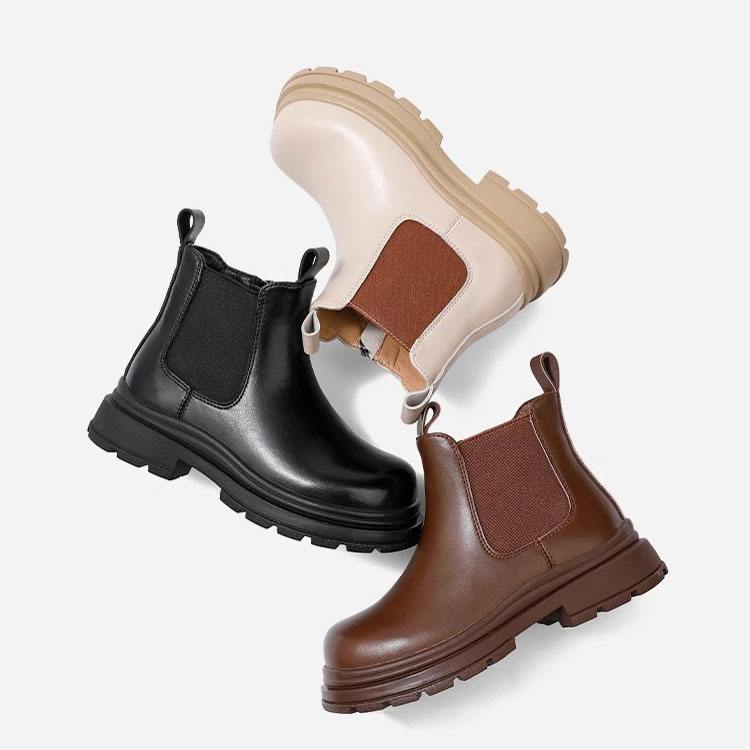In today’s diverse social and professional landscape, understanding dress codes has become increasingly essential. Whether you’re preparing for a corporate meeting, a wedding, or a casual gathering, the way you present yourself can significantly impact perceptions and interactions. This article delves into the intricacies of dress codes, exploring their meanings, contexts, and the subtle nuances that can help you navigate various situations with confidence.
Understanding Dress Codes: A Brief Overview
Dress codes serve as guidelines that dictate the appropriate attire for specific occasions. They can vary widely based on cultural norms, organizational policies, and social expectations. The most common dress codes include:
- Formal: Often required for high-profile events such as galas, weddings, or formal business meetings. For men, this typically means a tuxedo or dark suit, while women may opt for an elegant evening gown or a sophisticated cocktail dress.
- Business Professional: This dress code is prevalent in corporate environments. Men usually wear tailored suits, dress shirts, and ties, while women may choose tailored dresses, skirts, or pantsuits. The emphasis is on polished and conservative attire.
- Business Casual: A more relaxed version of business professional, this code allows for a blend of formal and casual elements. Men might wear dress pants with a collared shirt, while women can opt for blouses paired with slacks or knee-length skirts.
- Smart Casual: This dress code strikes a balance between casual and formal. It’s often seen in social gatherings or casual Fridays at work. Men can wear chinos with a polo shirt, while women might choose a stylish top with tailored jeans.
- Casual: The most relaxed dress code, casual attire allows for personal expression. However, it’s important to avoid overly revealing or distressed clothing. Think jeans, t-shirts, and comfortable footwear.
The Importance of Context
While understanding the basic categories of dress codes is crucial, context plays a pivotal role in determining what is deemed appropriate. For instance, a “business casual” dress code at a tech startup may differ significantly from that at a law firm. Therefore, it’s essential to consider the following factors:
- Industry Standards: Different industries have varying expectations regarding attire. Creative fields like advertising may embrace more casual and expressive clothing, while finance and law typically adhere to more conservative standards.
- Company Culture: Within the same industry, individual companies may have unique cultures that influence dress codes. Researching a company’s culture through its website, social media, or employee reviews can provide valuable insights.
- Event Type: The nature of the event also dictates appropriate attire. A networking event may call for business professional attire, while a casual team-building outing could allow for more relaxed clothing.
Tips for Navigating Dress Codes
- Do Your Research: Before attending an event or starting a new job, take the time to understand the expected dress code. Look for clues in invitations, company websites, or by asking colleagues.
- Err on the Side of Caution: If you’re unsure about what to wear, it’s better to be slightly overdressed than underdressed. A polished appearance can leave a lasting positive impression.
- Accessorize Wisely: Accessories can elevate an outfit and help you express your personal style. However, ensure that they align with the overall tone of the dress code.
- Fit and Comfort Matter: Regardless of the dress code, wearing well-fitted and comfortable clothing can boost your confidence and ensure you feel at ease throughout the event.
- Adapt and Evolve: Dress codes can change over time, so remain adaptable. What was once considered appropriate may evolve, especially in industries that prioritize innovation and creativity.
Conclusion
Understanding dress codes is not merely about following rules; it’s about respecting the context and culture of the environment you’re entering. By mastering the nuances of various dress codes, you can navigate professional and social settings with confidence, ensuring that your attire reflects both your personality and the expectations of those around you. In a world where first impressions matter, being well-dressed can open doors and foster positive relationships, making it a skill worth honing.

